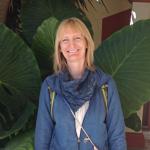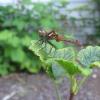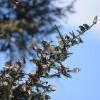Select monthly updates from our team of restoration ecologists, entomologists, plant ecologists, and researchers.
The Xerces Society manages the largest pollinator conservation program in the world. We work with farmers, gardeners, land managers, agency staff, and others to create habitat for bees, butterflies, and beneficial insects—and hundreds of thousands of acres of flower-rich habitat have been planted. We also offer certifications: Bee Better Certification for farmers and food companies who are committed to supporting pollinator conservation in agricultural lands, and Bee City USA and Bee Campus USA certifications for cities and colleges dedicated to making the world safer for pollinators.
With staff based in more than a dozen states, and offering a diverse array of expertise, it can be challenging to summarize the impactful work being done by our team of restoration ecologists, entomologists, plant ecologists, and researchers. Therefore, we have compiled select pollinator conservation program updates into monthly digests. December's featured staff offer a long-range view of habitat projects, from the planning and seeding stages, to current successes. In each of these stories, the ongoing work and great partnerships required to achieve positive conservation outcomes is apparent. Thank you to everyone who has been a part of these efforts!
Conservation Planning: The “Before” Picture
Kelly Gill, Senior Pollinator Conservation Specialist, Northeast/Mid-Atlantic Region
Habitat restoration does not happen overnight. It's often a long process, as successful conservation requires in-depth planning to ensure the results of our habitat work are meaningful, functional, and long-lasting. The Xerces Society’s staff work on conservation planning year-round, even on those cold and dreary winter days when bees, butterflies, and blooms are out of sight (but not out of mind). Our habitat projects are often featured in our blogs, media posts, and publications and—as our readers and followers know—the stories are often accompanied by beautiful pictures of flowering meadows and hedgerows, healthy aquatic habitats, and close-up shots of insects and other arthropods. While these images showcase the important and extensive work Xerces does to get habitat on the ground, many of you may wonder, “What did it look like before?” Usually the answer is not pretty!
Whether it’s a farm, park, preserve, or roadside, when we start work at a new site we begin by assessing current conditions. This allows us to evaluate existing habitat features, determine the largest deficiencies, and decide how to prioritize conservation actions. Evaluation and inventory of a site and its characteristics is an important step that leads to the end product you often see in our photos, but it is a part of the process that is often behind the scenes.
In 2019, I worked on habitat projects in seven states to develop pollinator conservation plans for 38 new sites and provide continued support for 12 ongoing projects. These site-specific plans include a variety of different practices that can be used to improve habitat. Some highlights from my 2019 projects include large-scale invasive species removal projects, 140 acres of diverse wildflowers meadows, and 3,500 feet of native, flowering hedgerows or borders slated to be installed over the next few years. The pictures below feature the transformation of recently planted sites (“after”) and snapshots of what some new sites look like now—because every extreme makeover needs a “before” shot.
Stay tuned for updates on these sites and other habitat restoration projects in 2020!
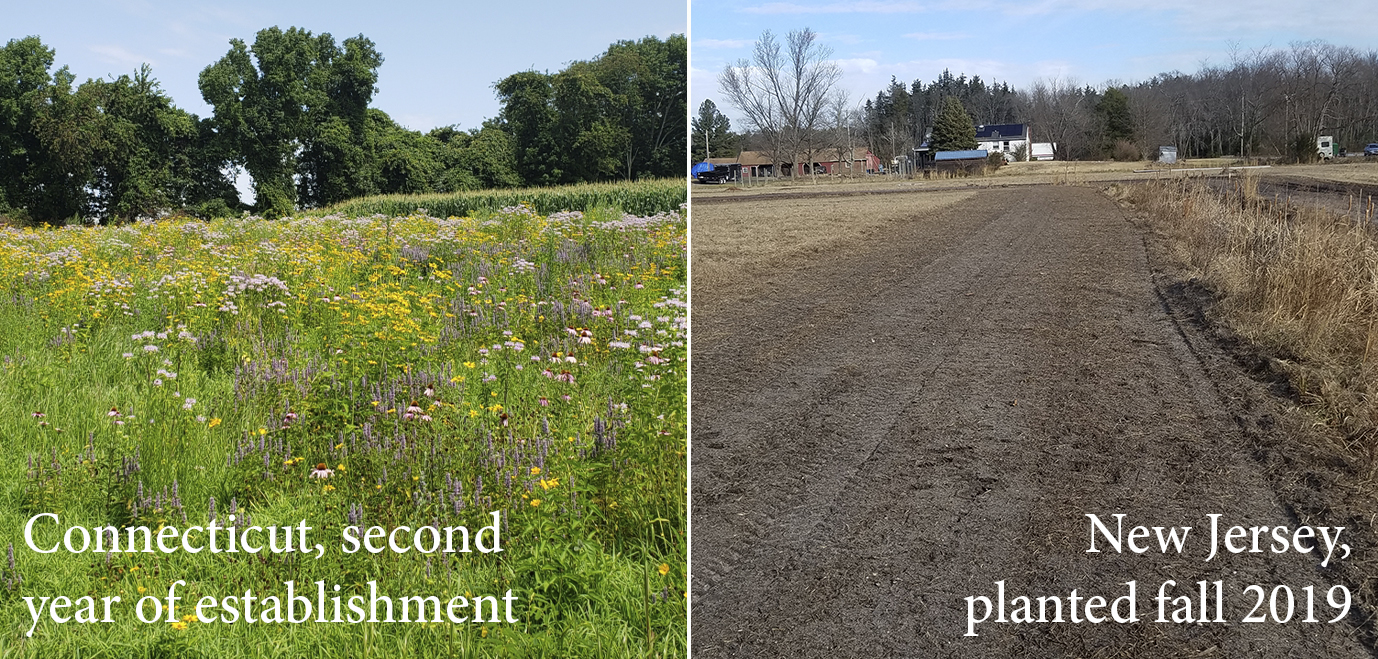
Expanding Pollinator Habitat on the Farms that Grow Oats for Cheerios
Stephanie Frischie, Agronomist and Native Plant Materials Specialist
As 2019 comes to a close, we mark the end of the third year of the Cheerios-Xerces Pollinator Habitat Program. This is one of our partnerships with General Mills and the farmers who grow their ingredients. Our goals for this project are to expand pollinator habitat across the farms that grow oats for Cheerios, develop effective seed mixes and practices to establish and maintain pollinator habitat, and measure the persistence of the plants and the presence of pollinators and other beneficial insects in the habitats.
This program includes farms in Minnesota, South Dakota, North Dakota, and Manitoba, and we will be expanding into Saskatchewan in 2020. I coordinate the program through one-on-one calls with farmers and other partners and quarterly field visits. I visited Manitoba in June and September this year, visiting about a dozen farmers and their habitats. At each farm, I either planned a new project or evaluated an established project. For instance, in September, I met up with Scott Beaton at his farm near Stonewall, MB. We walked along the half-mile long pollinator habitat strip that he had planted in June. It was a chilly, overcast day and we didn’t see any bees out foraging, but at least four species were in bloom in the habitat.
The success of these habitats depends on many partners. Our seed partners provide both native and tame (domesticated) species so we can custom design the habitat for the needs of each farm. We have sown over 78 native species and 10 tame species, working with nine companies. In June, I toured the production sites at Skinner Native Seeds, owned by a family whose involvement in Manitoba prairie horticulture stretches back almost a century. We have worked with them to create some of the pollinator mixes for these habitat projects.
In addition to Skinner Native Seeds, we have many great local partners in Manitoba. With Manitoba Beef and Forage Initiative (MBFI), we are trialing methods for establishing pollinator plants in old pasture. Researchers from the University of Manitoba are studying the insects and the plants in over 20 of our habitat plantings and I am very eager to see what their results tell us about the impact of the habitats to support pollinators. In the coming winter months, I’ll be visiting watershed offices and regenerative farms in Saskatchewan to promote the program and recruit over 1,000 more acres of on-farm pollinator habitat. By this time next year, there will be 3,000 acres of pollinator habitat in the Northern Great Plains thanks to these partnerships.
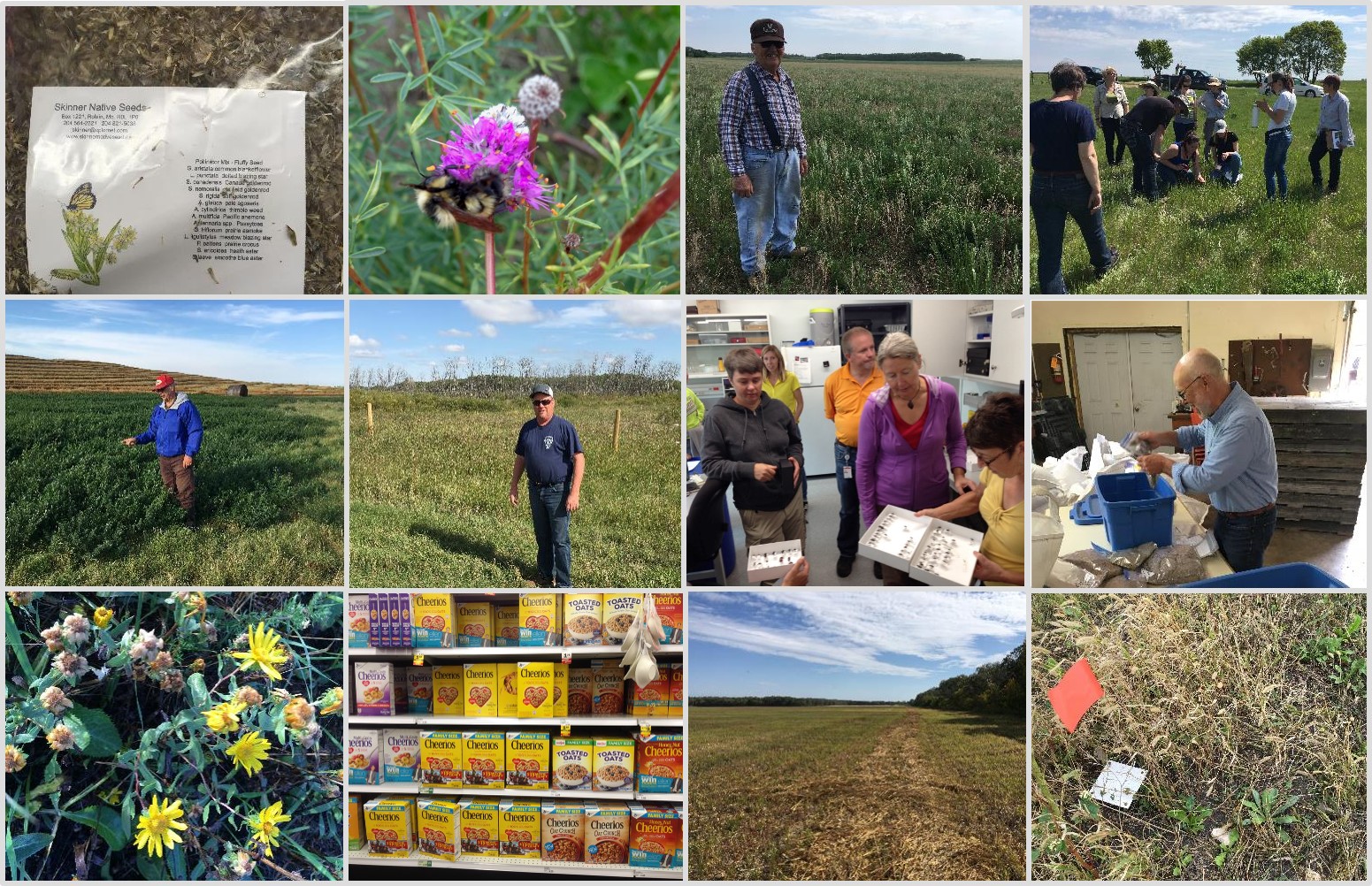
Further Reading
Learn more about the Xerces Society’s Pollinator Conservation Program.
Read all of our Pollinator Conservation Program Digests!


